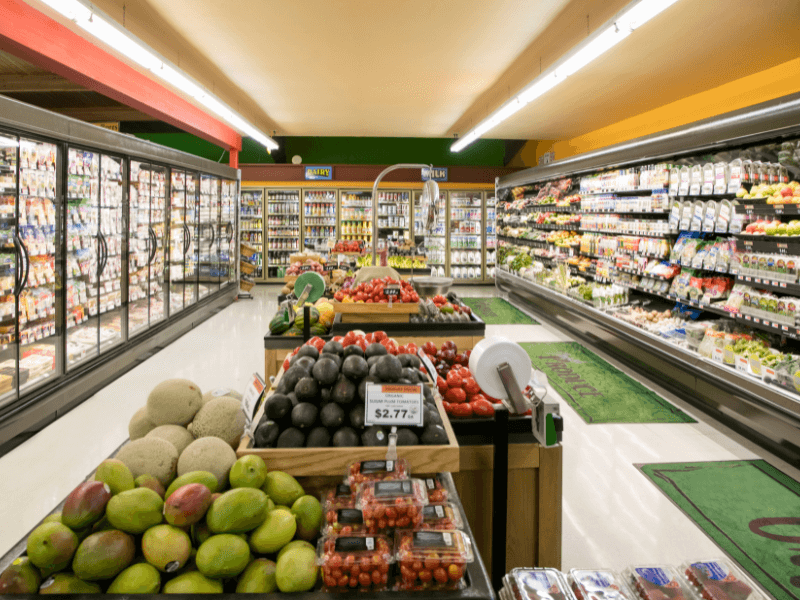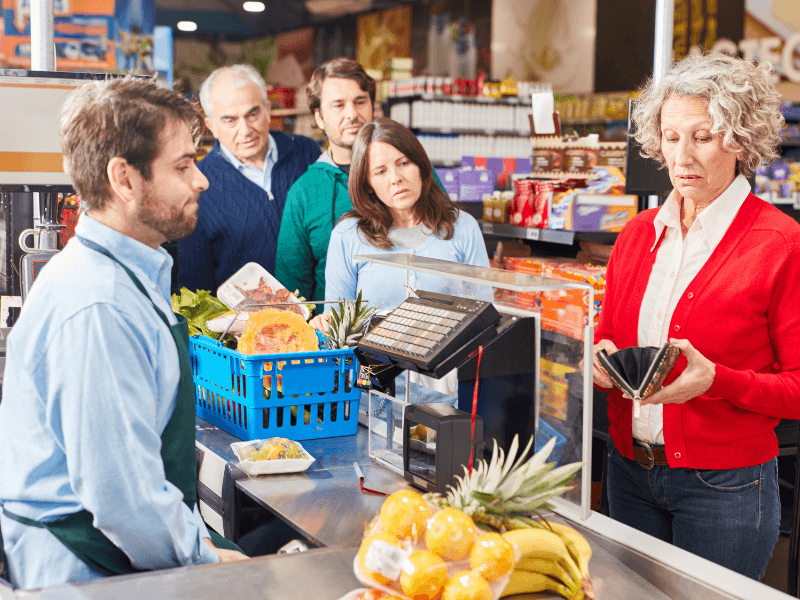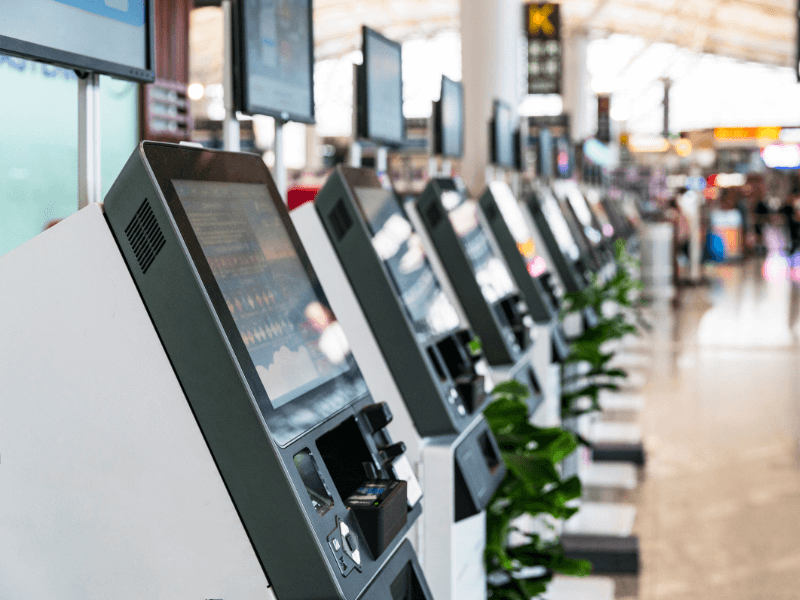Self-checkout kiosks have marked a significant leap forward in retail technology, revolutionizing how brick-and-mortar stores operate by freeing up employees to focus on tasks beyond the checkout line, thereby enhancing efficiency for both customers and businesses alike. Despite these advancements, the transition hasn’t been universally embraced. A noticeable segment of customers remains hesitant or outright resistant to adopting self-checkout technology.
This reluctance often arises from various concerns, including a lack of familiarity with the technology, apprehension over a seemingly impersonal shopping experience, and worries about the system’s user-friendliness. Such resistance is particularly prevalent among older shoppers and those less acquainted with digital interfaces, who may favor the human interaction and perceived simplicity offered by traditional checkout counters.
Fortunately, there are ways to address that resistance. Here are some ways that retailers can get more customers to start using self-checkout stations regularly and start experiencing the full benefits of this new technology.
Optimizing Store Layout for Self-Checkout Kiosk Ease

The reluctance to use self-checkout stations can often be traced back to the store’s overall design and how these stations are integrated. A layout that appears complex or unwelcoming can deter customers from trying self-checkout. Simplifying the checkout process is crucial, particularly for those who may not be as tech-savvy.
Retailers must scrutinize the customer’s journey from entry to exit, pinpointing and resolving any issues that could hinder a smooth shopping experience. The goal is for self-checkout kiosks to blend naturally with the store’s aesthetic, making their use intuitive and appealing to shoppers.
Strategic Placement Enhances Self-Checkout Kiosk Accessibility
The physical placement of self-checkout stations plays a pivotal role in their adoption. Stations positioned awkwardly or far from natural exit paths can discourage use. For optimal convenience, these stations should be situated near exits but away from congested areas to avoid overwhelming users. Prioritizing placement more strategically than traditional checkouts can tempt customers to explore this modern convenience.
Also, It’s essential to position these stations in locations with adequate space in order to allow users to comfortably unload and scan their purchases without feeling cramped. By thoughtfully situating self-checkout stations to avoid congestion, retailers can create a welcoming atmosphere that encourages customers to try and regularly use this modern checkout option
Furthermore, for stores utilizing smart carts, ensuring an easy process for returning carts after use is essential, reinforcing the importance of thoughtful station placement to support a seamless transition to self-service.
Keep Employees Nearby Self-Checkout Kiosk

Retailers should always make sure employees are in close proximity to self-checkout stations. Ideally, there will be one employee to monitor a handful of self-checkout stations. Unless your store has had self-checkout kiosks for several years, not all customers are going to be accustomed to using them. There will always be questions and small issues that pop up and require an employee to intervene or assist.
Most customers will be reassured if they see that an employee is nearby to help them if necessary. This can help to promote trust and adoption of self-checkout stations. Plus, don’t forget that certain products like alcohol or cigarettes require ID to purchase. Therefore, an employee needs to be nearby to check IDs and secure a frictionless shopping experience.
Keep Lines Short
It’s imperative that retailers are able to keep lines for smart checkout kiosks as short as possible. Part of the appeal from a customer’s perspective is to bypass long lines and get out of the store quicker. Therefore, you have to make sure that there is virtually no wait time for customers checking themselves out. This typically requires having the space to fit at least a handful of kiosks available. Meanwhile, some retailers may need to limit self-checkout stations to a certain number of items to ensure that lines are short and customers are inspired to use them.
Make Traditional Checkout an Option

While the ultimate aim may be to encourage the widespread use of self-checkout stations among your customers, maintaining traditional checkout options is equally important. This approach underscores the value consumers place on having choices.
Nevertheless, it’s crucial to recognize that prematurely pushing customers towards self-checkout can lead to resistance. A more effective strategy involves a gradual introduction, allowing customers to adapt at their own pace. Providing a variety of checkout options demonstrates patience and understanding from retailers, which, in turn, can foster a more natural shift towards self-service over time.
Diversify Payment Options
Most of the time, self-checkout stations won’t be able to accept payments in cash. But that doesn’t mean retailers can’t diversify their potential payment options. This means going beyond normal credit card transactions and allowing for more modern payment options. After all, if you want to entice all of your customers to give self-checkout stations a try, not to mention increase retail conversion rates, you have to be able to offer every type of payment option that technology has made available in today’s world.
Maintenance and Upgrades

Maintaining your self-checkout stations is crucial to ensuring they continue to operate efficiently and effectively. Just installing these systems is the first step; ongoing maintenance and timely upgrades are essential to keep them at peak performance. Like all sophisticated technology, self-checkout solutions benefit greatly from regular checks, allowing any potential issues to be identified and addressed promptly.
At Shekel, we understand the importance of not just implementing cutting-edge self-checkout solutions but also ensuring they remain reliable and effective through their lifecycle. Our team of experts is dedicated to providing ongoing support, from maintenance to any other queries, ensuring your self-checkout systems always contribute positively to your retail environment.
If you’re ready to enhance operational efficiency and customer satisfaction, Shekel is here to help. Discover how our innovative technologies can redefine your retail space.




